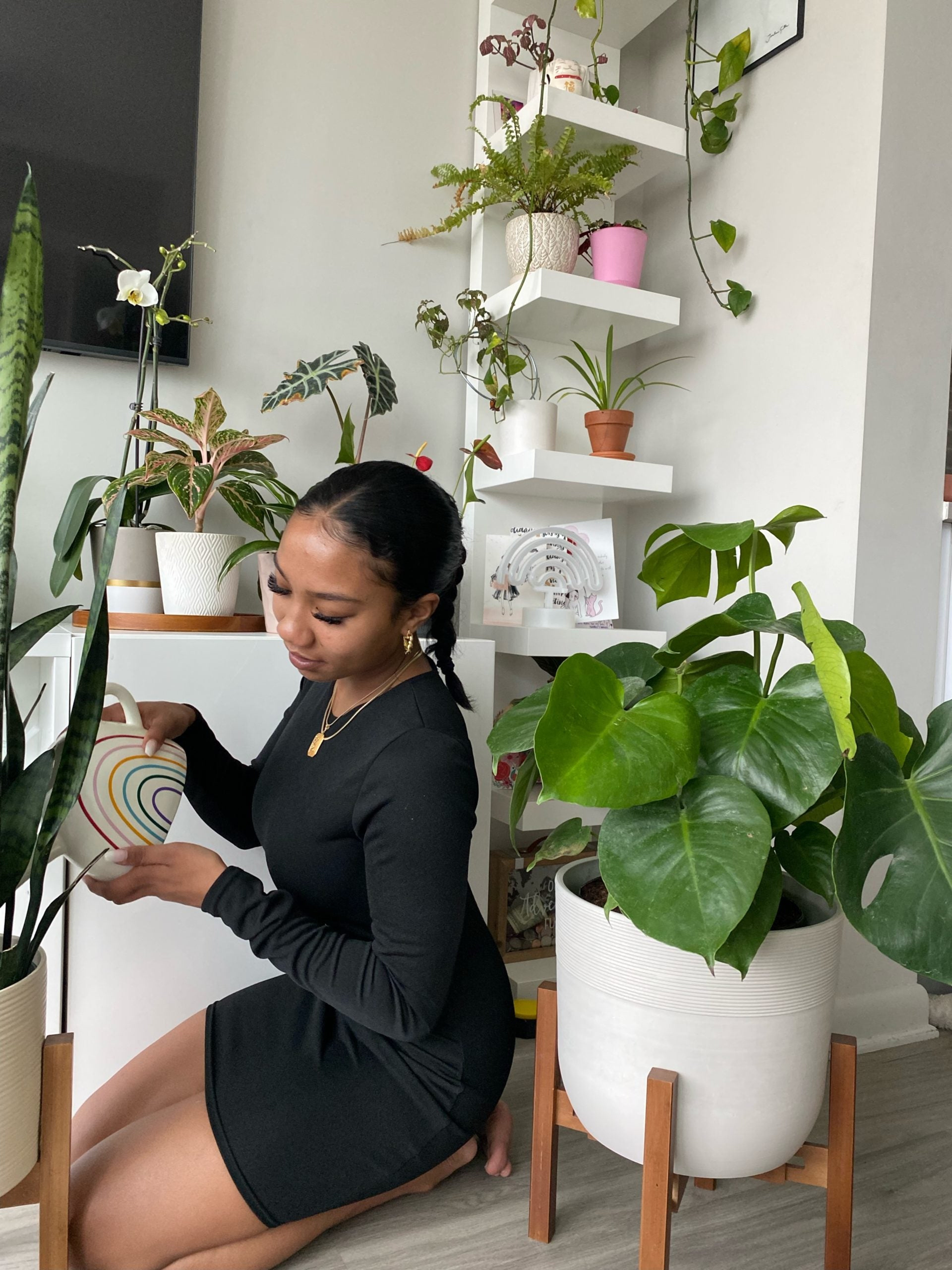How to Keep Plants Alive While on Vacation
Apr 24, 2023
While houseplants don’t need a full-time babysitter like pets or children, they do require a bit of water and attention before you leave for a long vacation. ✈️ Most houseplants will be just fine for a few days without water; however, if you leave for more than a week, you may come back to find your plants wilted or dead. If you know that your are going to be gone for a while, it is in your best interest to prepare accordingly. Keep plants from perishing and ensure they receive what they need while you are away with these vacation watering tips.
Don't forget to check out our Plants for Beginners Collection, where you can find plenty of easy, low-maintenance plants that are forgiving when it comes to irregular watering, lighting and spaces.
Tips for Plant Care While on Vacation

- Before you go, do some basic maintenance to cheer up your plants. Remove dead leaves and spent flowers.
- Soak plants thoroughly and mist them the day before you leave. Figuring out how to water plants while on vacation will be a little different for each plant type. Water succulents and cacti before you leave and make sure they aren’t left standing in water. 💧
- Plants that are sensitive to overwatering need careful consideration. If you’re one who forgets to drain excess water from saucers, try this tip — fill a tray with pebbles and top it off with water. Then, set plants on top of the pebbles. This creates humidity, but does not leave plants sitting with wet feet.
- Move plants away from air vents, drafty windows and extremely sunny spots. Some plants prefer low light.
- Check your thermostat before heading out. Ideally, the temperature should be 65 to 75 degrees F and not fall below 55 degrees F. The good news is that many houseplants are tropicals and love the heat, but hotter temps will dry them out faster. Colder temps can kill houseplants, and cold and wet plants can develop mildew. Aim for a happy medium.
- For extended stays, ask a friend or neighbor to stop by and check on them. If you travel often, you may want to think about buying self-watering sticks or containers that provide your plants with a continual water source.
Although these tips will work for many houseplants, they may not work for all. Each plant has its own needs and ideal environmental conditions, so you’ll need to plan accordingly.
If you are looking to find an easy-care plant that works best for you, read our blog post, 7 Low Maintenance Indoor Plants (7 Plants for Beginners.)






